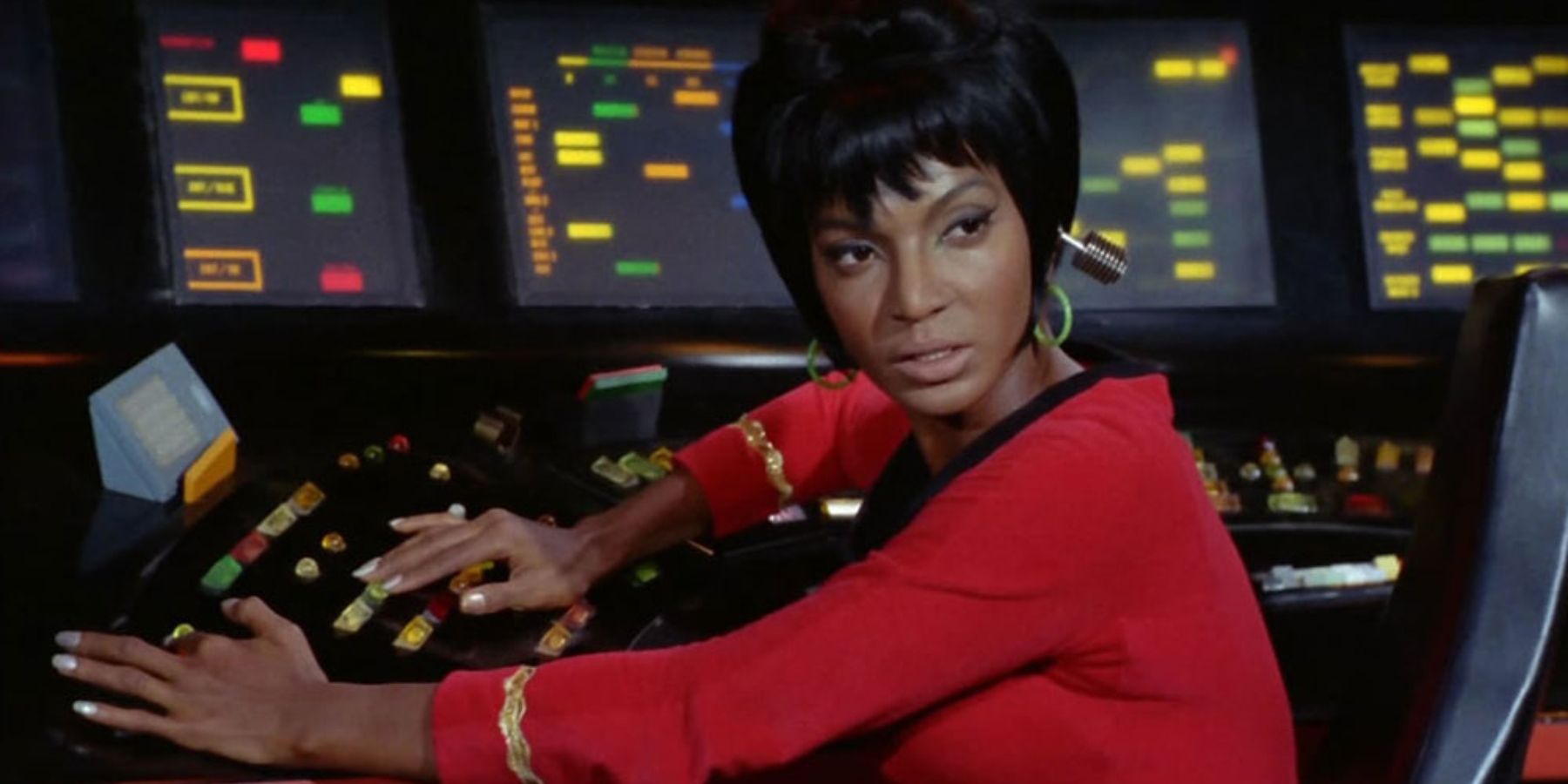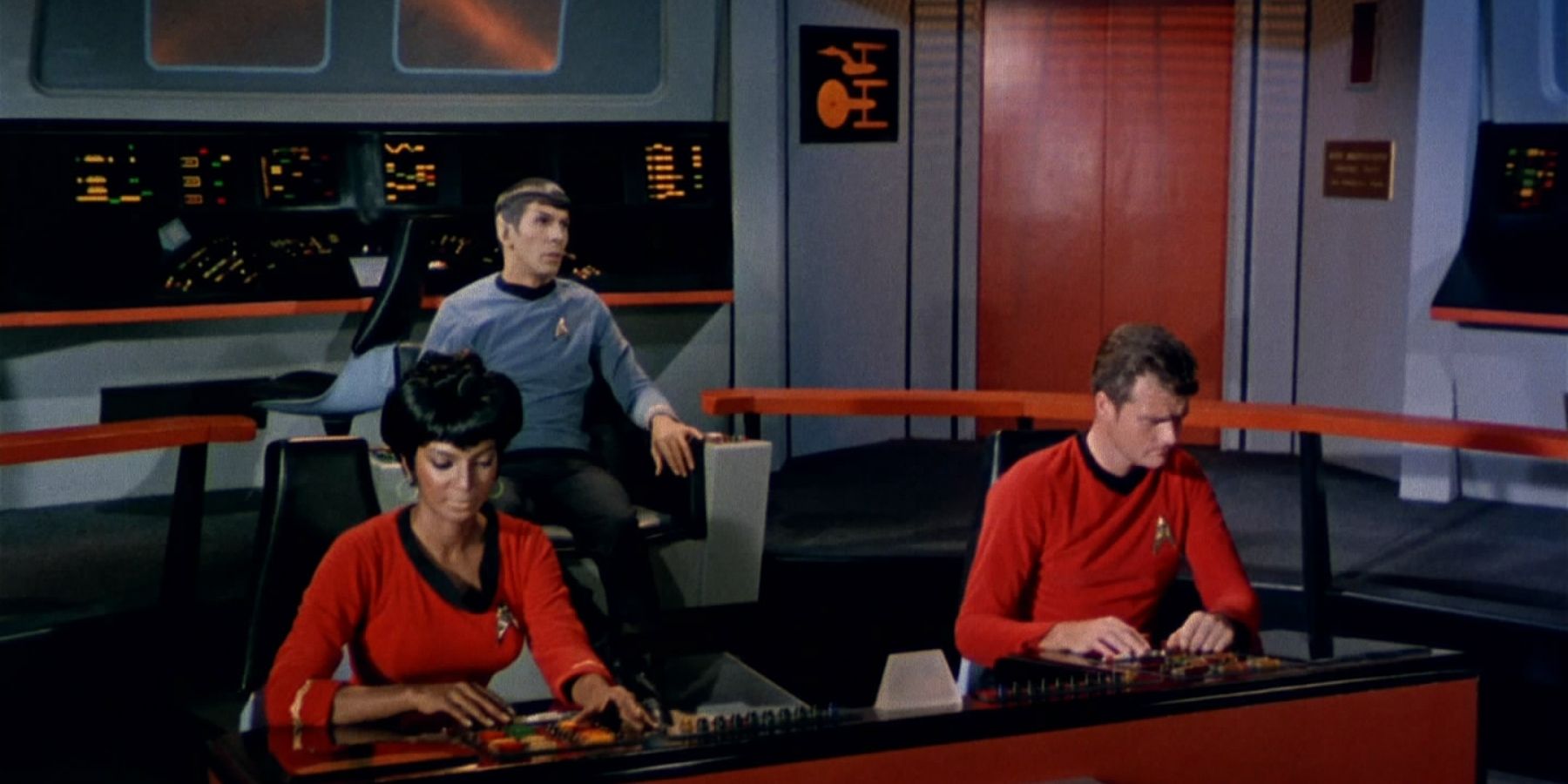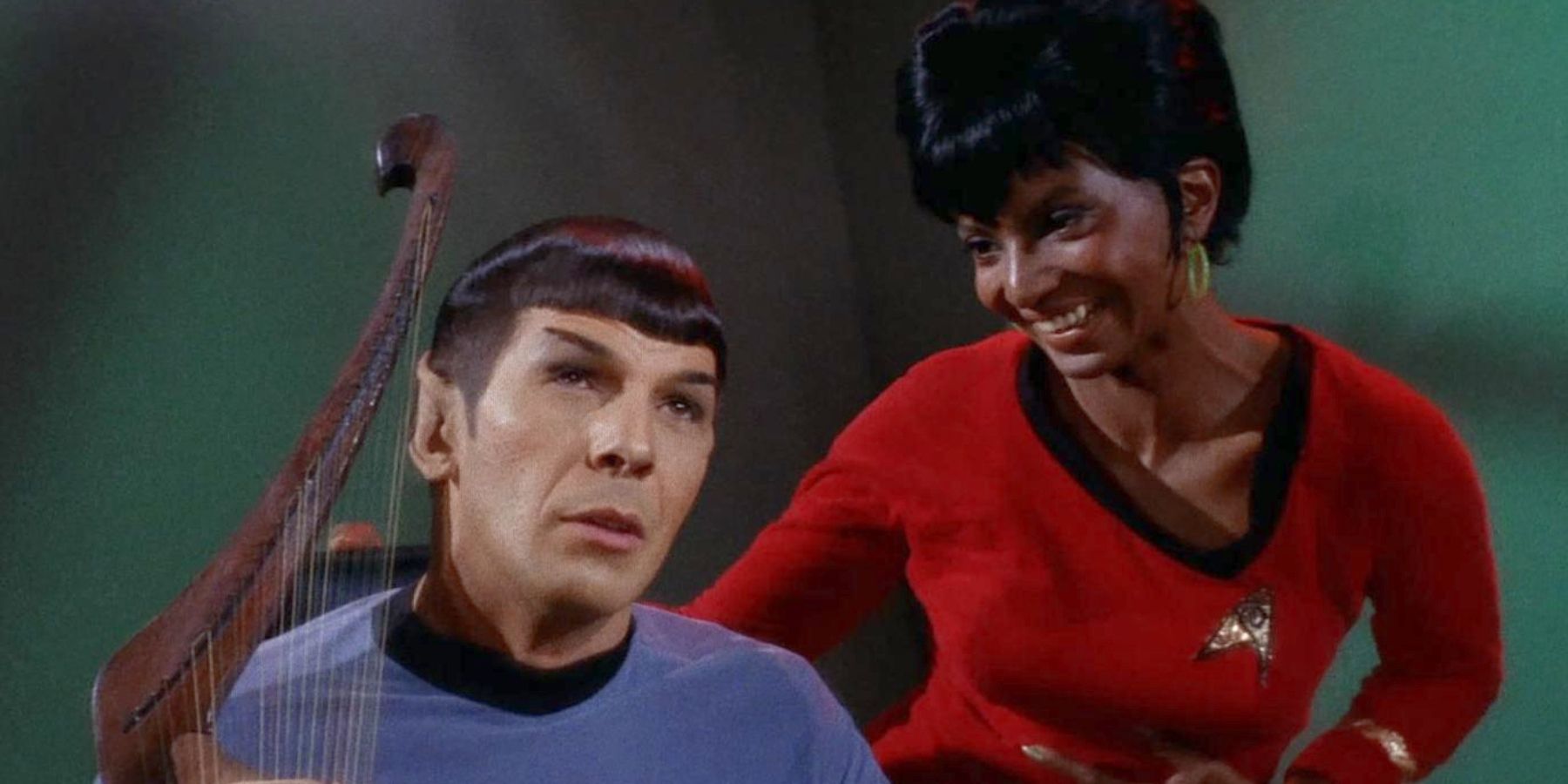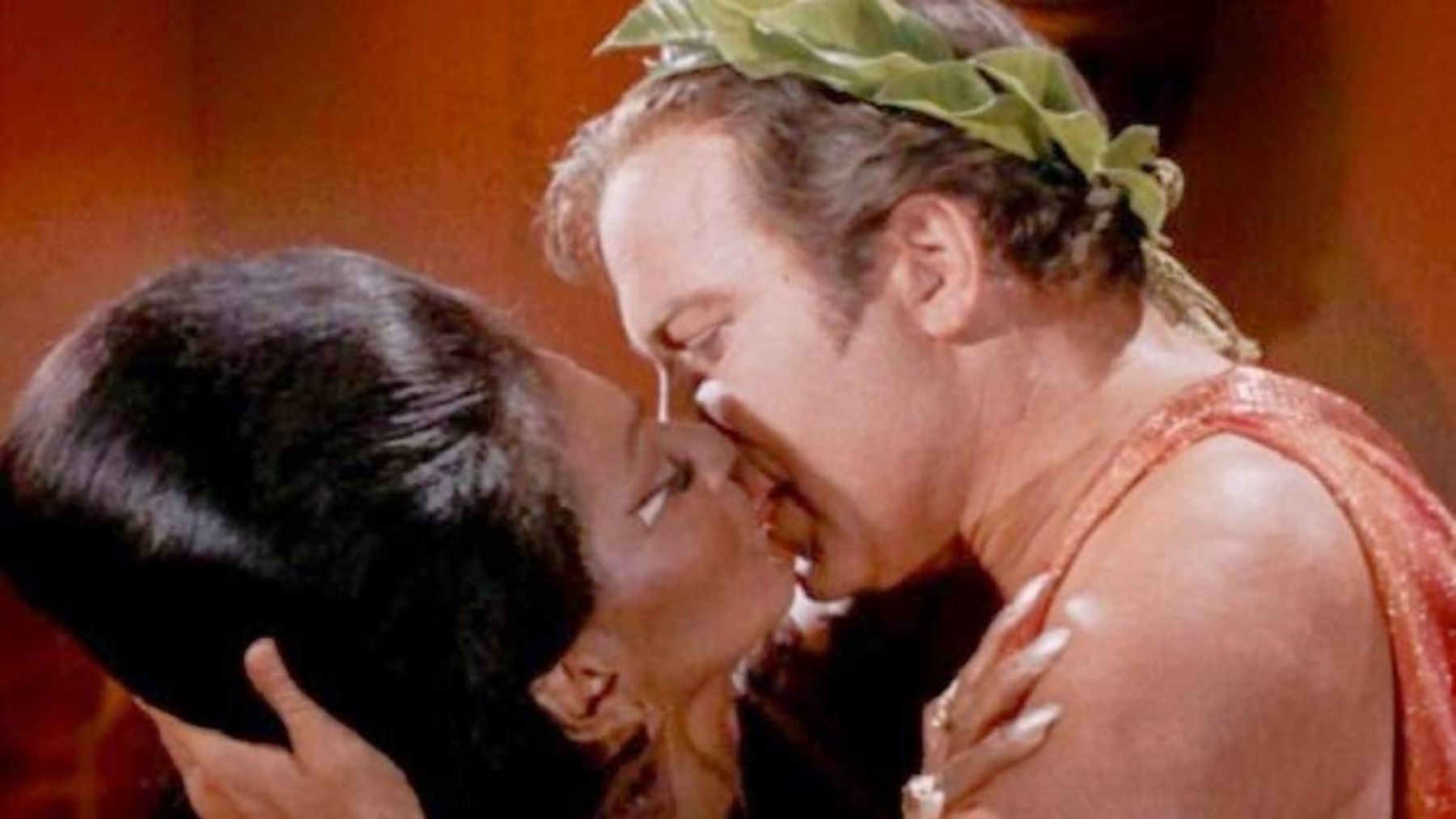Star Trek has cemented itself as one of the founding pillars of science fiction, remaining to this day one of the most beloved and successful series in television history. Kicking this expansive universe off was, of course the original Star Trek (the television series spanning from 1966 to 1969). Not only did creator Gene Roddenberry’s space voyaging crew begin this media dynasty, but it is also considered by many to have had a massive cultural impact, the ripples of which are still felt today. One of the most significant of these was that it tackled racism and biracial harmony in a way that was rare for television entertainment in the 60s — and is often disturbingly lacking even today.
When proposing his idea for a show, Roddenberry explained he wanted a classic adventure drama set in space, pre-dating even the first Star Wars film, but one that would tell far more sophisticated stories. He wanted something new, that wasn't a carbon copy of other dramas out there at the time. He wanted to be able to use the medium as a platform to tackle cultural issues through futuristic allegory. At the heart of this stood his deep yearning for kindness and acceptance among humanity, and human optimism for a future better than the present. Many of the episodes in the original series dealt with contemporary problems, such as discrimination, slavery, warfare, and class divisions. This is remarkable for something being produced today, let alone in the late 1960s.
As such, the original series featured an incredibly diverse cast of actors for the time. Russian Pavel Chekov (Walter Koenig) paved a future after the then-current and ever daunting Cold War. The cast also included Asian crew member Hikaru Sulu (played by George Takei), and African-American communications officer Nyota Uhura, played by Nichelle Nichols
It’s not hard to talk about the incredible impact Nichols character had on audiences, but it’s probably best summed up by the wonderful Whoopi Goldberg, who famously recalled saying, upon seeing Uhura for the first time: “Momma, there’s a Black lady on the television, and she ain’t no maid!” Nichols was one of the first black female actors to not play a menial role in an American series, as black actors — especially women — had previously been cast primarily as servants or minor background characters.
Lieutenant Uhura was an enigmatic breath of fresh air. Not only was she a prominent African-American woman in the show, but she also held a vital role within the chain of command. Her imperative role on the crew of the Enterprise is often glossed over, with some referring to her as a glorified switchboard operator. However, important to remember that from a military perspective (and it is easy to forget that Starfleet is military), her role is one of the most important. Not only was she the commanding officer for Comms, but she also acted as a polyglot translator, signal intelligence analyst, and linguistic cryptography expert. She undertook a vast amount of responsibilities in her position about the enterprise, showing the extensiveness to her skill and intelligence. To really hammer home how important Uhura’s representation was, it is still rare to this day to have POC women in commanding military positions, both in real life and in media representations.
Not only did Uhura pave a future where black women are in positions of considerable military power, she also made TV history, all through a kiss. During the 10th episode of season 3, entitled “Plato’s Stepchildren,” Captain Kirk (the one and only William Shatner) and Uhura kiss. While the kiss wasn’t technically an overtly romantic one, it was still a daring move to show to 1968 American audiences, as a kiss shared between a black woman and a white man had never been shown onscreen. While laws permitting interracial marriage throughout the country had recently been passed, it was still strongly considered taboo, and producers feared the audience backlash.
The producers thus insisted, just to play it safe, that Shatner and Nichols turn away and kiss away from the camera, never showing the physical interaction. Roddenberry, unhappy with this restriction, agreed to shoot two versions, the one he wanted and the one the producers wanted. Shatner and Nichols were unhappy with this too, and resolved to deliberately ruin every take from the alternative angle, with Shatner pulling funny faces and over-dramatizing his performance, forcing the producers to use the physical kiss always intended.
It was never easy for Nichols, fighting against producers who feared the consequences of developing her character. She fought, alongside Roddenberry and the rest of the crew for a prominent and highly memorable position within the show. It was hard, and she considered quitting multiple times. However, she was inspired to stay after talking with Dr. Martin Luther King Jr., who told her that she was making history. As he told her, she was pioneering a role that showed African-Americans as equals, with dignity and authority, a legacy that both the actress and her character hold to this day.




